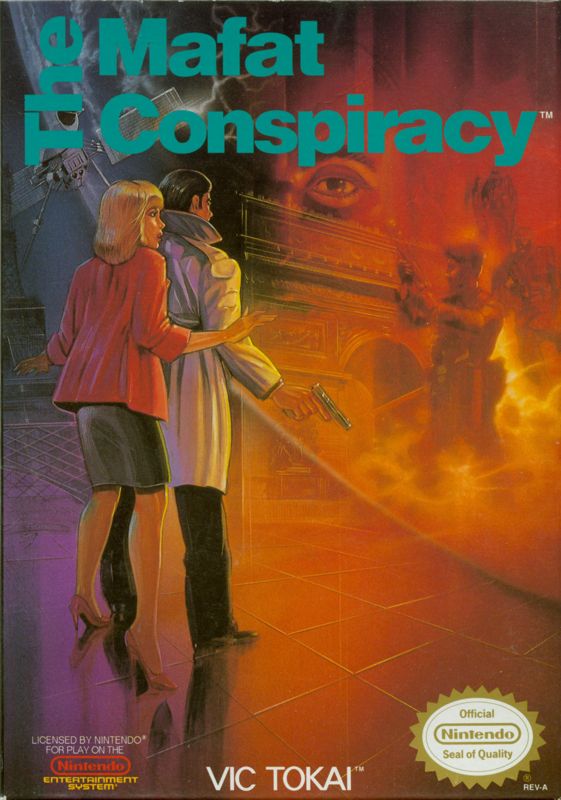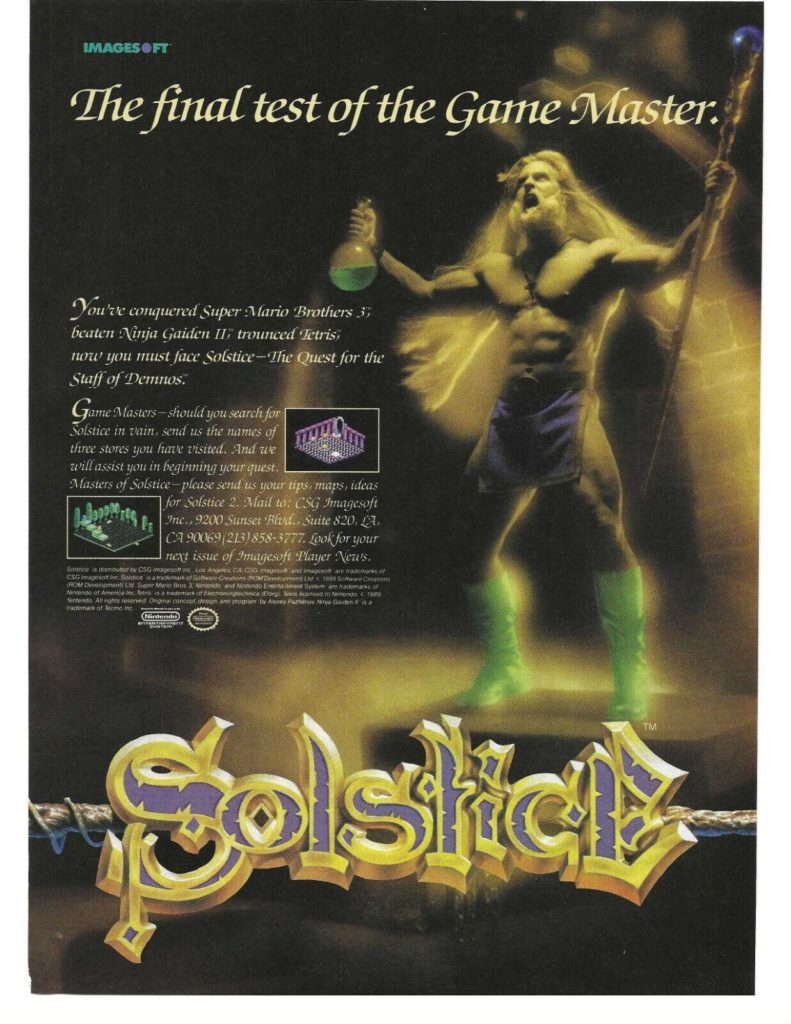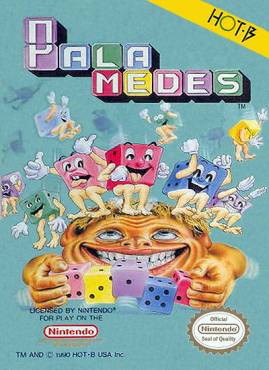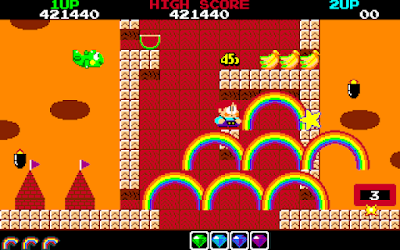Dr. Sparkle has come through once again with the 63rd edition of Chrontendo! It’s the third we’ve linked to from Set Side B (even if, for a while, we incorrectly labeled the previous one as #68, oops).
The games covered by this one are:
Knight Move (Japan only): A puzzle game involving landing a chess knight trying to land on a target square. Apparently this got a later release on PC by Spectrum Holobyte. Wikipedia tells us that the “A. Pazhitonov” listed as the creator on the Famicom version’s title screen is Alexey Pajitnov, the creator of Tetris. I cannot speak to that fact’s veracity, but it seems plausible enough. Pajitnov later would be hired by Microsoft to make puzzle games for them around the Windows XP era.

The Mafat Conspiracy: the sequel to Golgo 13! The US release does its Japanese manga source material a great disservice by not having the grim face of protagonist Duke Togo visible anywhere on the front of the box, instead using extremely generic cover art. In play, it’s very similar to a slightly more competent version of the original, just with a different scenario.
Disney Adventures in the Magic Kingdom: Another of those Capcom Disney games, a glorified minigame collection, and probably the worst of the bunch! We’re a mile away from Ducktales here. As if to confirm the player’s low expectations, trivia questions are part of the game.
Solstice: Isometric platformer of the style well-known around that time in the UK, a very difficult yet respectable exploration game, and probably the best game in this episode. I prefer its SNES sequel Equinox, programmed by the Pickford Brothers, which has a highly distinctive look.

The Last Starfighter: This is secretly a renamed port of the Commodore 64 classic Uridium! A little of the bloom is off the rose here, if only because high speed scrolling of the kind you see here is so common on the NES, yet so difficult to accomplish on the Commie. The C64’s distinctive look was heavily influenced by that system’s limitations: it takes some serious programming effort to get the C64 to be able to scroll significant screen data in a frame, enough so that, to do it, you basically have to leave color memory unchanged, since it can’t be relocated like tile definitions can. The NES can do scrolling much more easily than the Commodore 64, and had been doing very colorful fast-scrolling games like the Super Mario series for years, yet the game kept the same nearly-monochrome look as the C64 game. That’s why Uridium got such acclaim in the UK, because scrolling games like it were unknown on the system at the time, while the NES had support for it in the hardware, so it didn’t have nearly the same impact.
Captain Skyhawk: The main things I remember about this, a game which I’ve played and beaten, is it was made by Rare, and that Dave Barry once wrote a column about how much his kid dearly wanted a copy of this game. Dr. Sparkle is pretty hard on this one too, and I think for good reason. This is clearly a game intended to be in the River Raid style, but with elevation. It could have been done as a quasi-flight sim, with targets you have to duck beneath or fly over, but in its design the elevation barely matters, and instead it’s a lot more like a standard vertical shooter. The enemies don’t even cast shadows! Helicopters or ground vehicles alike can be shot if if they were on the same plane. It would have done better if it had either gone all-in on the elevation, maybe tying it to the player’s speed, and having fewer yet smarter enemies that also had elevation; either that, or taking out the elevation completely and making it into a 2D shooter more like Zanac or Raiden. Rare at that time understood the NES hardware better than most developers, and was more than capable technically of going with either approach. But they didn’t.
Then after you have Afterburner-style dogfighting levels, then the point where most players threw down the controller in disgust, when they’re asked to align and dock with a rotating space station. It all resembles a tech demo at Rare that Milton Bradley decided to try to make a few bucks off of selling as a game.

Mechanized Attack: It’s another military-themed SNK action game, like Ikari Warriors, Guerilla War, Iron Tank or P.O.W. This one’s a light gun shooter. The game is most notable for having a debug mode, accessible by a code, with pixelated female nudity. This connects with reports of sexism in the Japanese game industry at the time (link found on Kid Fenris’ blog). The full salacious details of the cheat are up at The Cutting Room Floor.

Hatris: Another game designed by Tetris creator Alexey Pajitnov, it’s also nowhere near as iconic as Tetris was, but as time has shown us, very little else is. I get the play mixed up with that of Nintendo’s Yoshi puzzle game, perhaps for good reason. Turns out there was an arcade version of this!
Palamedes: Another Tetris-ish generative piece-laying puzzle game, this one with a dice theme. And there was an arcade version of this too!
Hiryu No Ken III: 5 Nin No Ryuu Senshi: Only released in Japan. Dr. Sparkle is quick to let us know right off this isn’t the “Fist of the North Star” Ken, but the Flying Dragon: The Secret Scroll Ken. These games are a bit more simulationist (in a sense) in their depiction of martial arts than most beat ’em ups.
SD Hero Soukessen: Taose! Aku No Gundan: Also Japan-only, second in a long series of “super deformed” (basically meaning big headed, small bodied humanoid figures depicted in a cutesy kind of way) robot fighting games. The robots (and tokusatsu characters) are licensed from a variety of media, making this a massive crossover media series that could be seen as an inspiration for the hulking monstrosity that Super Smash Bros. has become. Properties that I recognized from the video are Kamen Raider, Gundam and Ultraman. This one has a fan translation patch.
Chrontendo 63 (Youtube, 1 hour 18 minutes)

